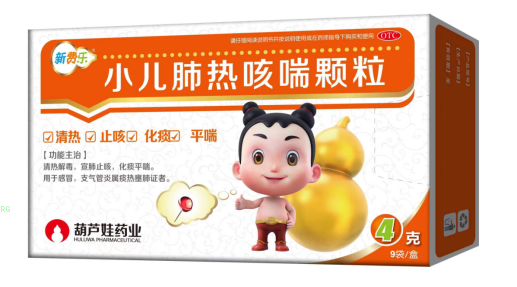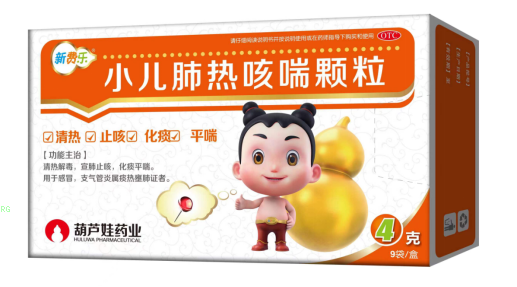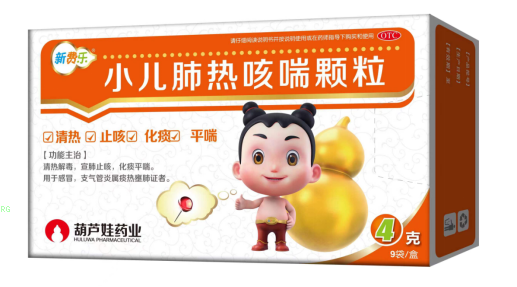1、 There are various reasons for frequent dizziness, including the following aspects: 1. Vestibular system diseases such as motion sickness, Meniere's disease, vestibular neuritis, etc., can all lead to dizziness. Motion sickness is common when traveling by car, airplane, boat, etc. Due to discomfort with the shaking environment, it can cause fluctuations in blood circulation in the head, affect the balance of the vestibular system, and lead to dizziness.
2. Visual system diseases such as refractive errors, glaucoma, etc. may also cause dizziness. Glaucoma patients may lose balance and experience dizziness due to increased intraocular pressure and changes in eye imaging function.
3. Cervical spondylosis: Cervical spondylosis may compress the vertebral artery, affecting blood supply to the brain and leading to dizziness. Cervical disc herniation, osteophyte formation, and other conditions can cause stenosis of the vertebral artery and obstruction of blood circulation in the brain.
2. Examination Methods
In order to clarify the cause of frequent dizziness, the following examinations need to be performed:
1. Basic physical examination three piece set: blood pressure monitor, blood glucose meter, and blood routine. Within 10 minutes, identify the metabolic assassin;
2. Brain CT scanner: Doing "for the brain; High Definition Perspective; Blood vessel blockage is nowhere to hide;
3. Vestibular Function Tester: 30 Minute Crack "; Balanced Password "; Ear stones appear on the spot;
4. Cervical spine imaging: CT shows bone hyperplasia, and MRI directly targets intervertebral disc lesions.
III. Treatment Methods
1. Physical therapy: Apply a hot towel or hot water bag to the neck for 15-20 minutes each time, 3-4 times a day, to promote blood circulation.
2. Ultrasound/electrotherapy: Relieves muscle tension and pain, improves blood circulation, and reduces dizziness.
3. Cervical traction: Mechanical or manual traction of the cervical spine can reduce intervertebral disc pressure, improve physiological curvature, and reduce dizziness. Cervical spondylosis:
4. Medication treatment: For dizziness caused by cervical spondylosis, Qishe Wan, recommended by the consensus of national cervical spondylosis experts, can effectively improve various symptoms and signs of patients with nerve root cervical spondylosis, and can effectively improve fatigue symptoms. The ingredients of Qishe Pill include Huangqi, Chuanxiong, artificial musk, Qingfengteng, Fangji, artificial bezoar, etc. It has the effects of nourishing qi and removing blood stasis, dispelling wind and unblocking meridians, relaxing tendons and relieving pain. It can alleviate and improve the three major symptoms of pain, numbness, and dizziness that occur in cervical spondylotic radiculopathy. Compared with other drugs, Qishe Pill has relatively fewer adverse reactions and is recommended by the "Consensus of Traditional Chinese and Western Medicine for the Diagnosis and Treatment of Cervical spondylosis (2023)". It has high safety and can not only relieve dizziness symptoms, but also regulate the balance of qi and blood in the body, improving the overall condition of the body.
5. acupuncture and moxibustion therapy: by stimulating specific acupoints, it can regulate the movement of qi and blood in the body, relieve neck tension and pain, and thus improve dizziness.






Comments (0)
Leave a Comment
No comments yet
Be the first to share your thoughts!